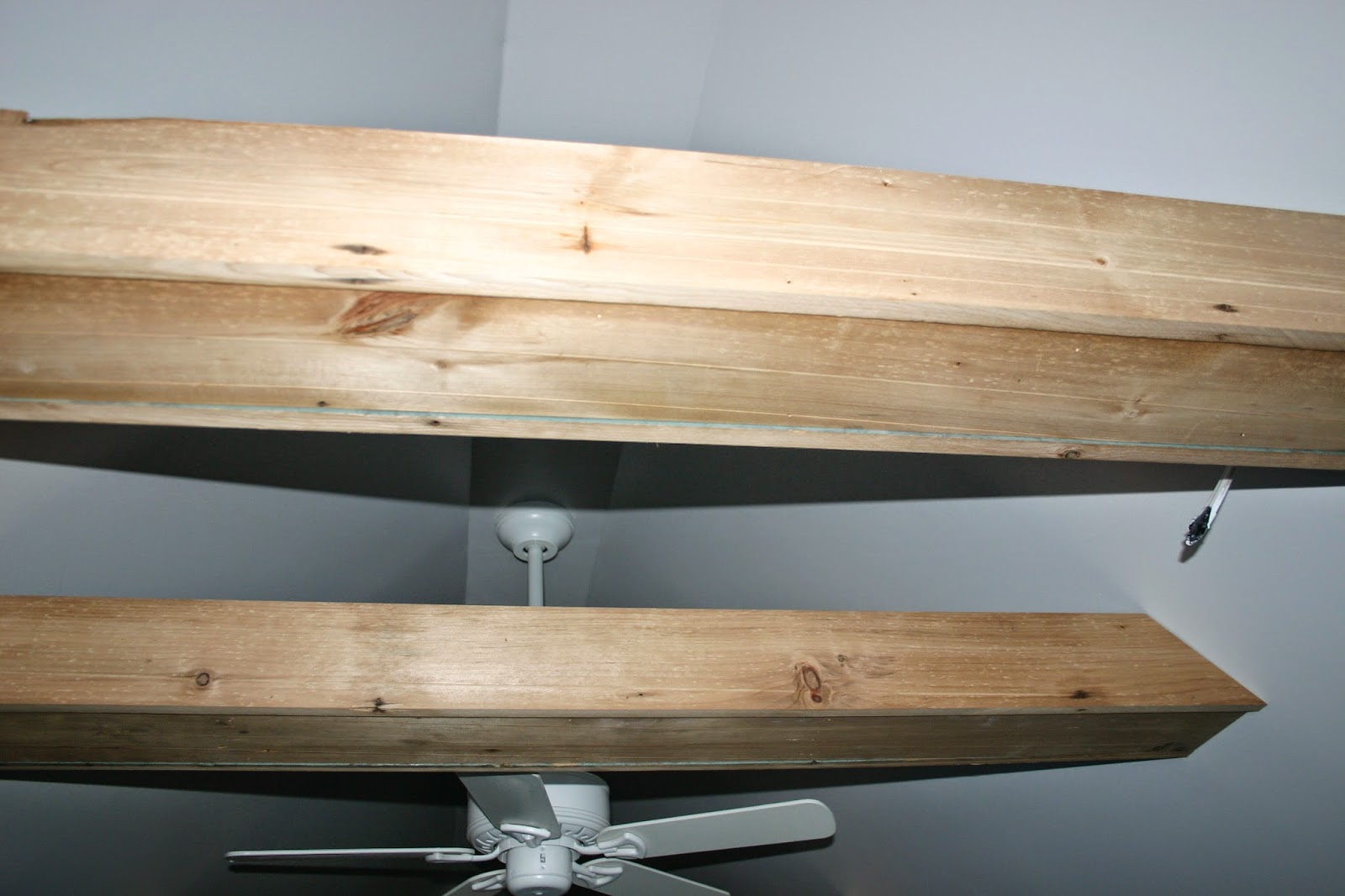“I really want to find some antique beds that we can refinish and will last the kids awhile”, were the words from my wife. Sure, I say, why not, there is no reason this isn't a great idea. Never again!
I was so encouraged when Megs called from the road after leaving her favorite furniture shop Adourn. She told me she found the perfect bed and was driving away from it, in some sort of if you love something set it free sort of moment. After telling her to just buy the damned thing she arrived home beaming with joy. Yup, its a bed, I can't get that excited, but it is a nice fit for the boy. She then set out on her quest for another light from the heavens, angelic choir, kitten kisses experience for E. This took a little longer.
Check out the full experience in Meg’s post.
Flash forward and the room is mostly put together and it is time for the little ones to move in so the bed had to be assembled. This should take an hour, my feeble little mind thought at 6pm. F’s bed snapped together how it should and I was feeling optimistic until I realized the wood slatted bed base we bought from IKEA was the exact length of the opening between the two bed rails. (The slatted bed base is the Luroy from IKEA and allows you to use just a mattress and no box spring).
Quick sketch on some scratch paper and I was ready to bundle up and head to the shop to make some rail extensions.
I was able to use some 1x3 material I pulled out of the room ceiling when I deconstructed it. Kreg pocket holes and glue rounded out the attachment method. I used the top rail you see here as a stiffener and also as a spacer so the slats fit tight side to side, with about 3/8" freedom to flex, as is the intended purpose of the rails.
I thought, why don't I attempt to start E's bed so if I need something for that I’ll get it all done at once. What a fool I am.
Some weeks before this assembly debacle started to shape up I chose a night to build some bed rails from scratch, as the $10 head/ foot boards Megs bought didn't come with any. We searched local Goodwill stores and even online to come up empty. I don't know about you but I have cleaned more bed frames out of people houses and seen then on the side of the road more times than I can count. Try looking for a cheap or free one… forget it, they vanish like a giant game of hide and seek and spend a bunch of money for a new one. However we would not be beaten! Megs parents were generously giving us one of their new twin mattresses that they no longer needed along with requisite frame!
In order to match the style of F’s bed, we decided to create a wood rail look instead of just the plain angle iron we were receiving. The idea was simple… use the bits off the supplied frame to make custom rails to match. I started by measuring F’s rails to match the overall size of the beds together. I primed and painted the wood runners and cut them to the correct length. Next I broke out the angle grinder and set to work dismantling the supplied metal frame. I needed about 6 more inches on the rail length than was originally supplied so I cut pieces from the destructed frame and set to work welding the pieces together.

A few metal working tips if I may. I always use an abrasive flap wheel over a true grinding wheel when cleaning up edges and removing material. They are lightyears safer and remove material much more rapidly in my opinion. I was a weld shop supervisor for a few years and switched the whole shop over to them and even the salty old welder dogs loved them. Next, when adjoining angle iron at 90 degree interior angles, grind off the edge of the butt end to a 45 degree angle. The parts will fit up much nicer and your joints will be tighter, as shown here. Lastly if you ever have to weld a butt seam as I had to do, use a small chunk of angle iron to hold the two pieces together as you weld. The heat from the weld process will quickly distort your pieces at strangle angles if not clamped, however if clamped and tacked in place once a few seconds to cool passes you will have dead straight parts.
If you wanted to tackle a project like this and you are not lucky enough to have an awesome brother in law to give you a welder, (Thanks Mike!) some simple stiffener plates could be bolted on, but I am crazy remember. All welded and cleaned up I drilled holes along the vertical leg and attached the wooden rail.
If you have never used a step drill bit get some, they will change you life!
I was now ready to quickly attach the rails to the frame, or so I thought.
E’s bed was a nightmare. The vertical head and foot board legs were too skinny to bolt so I had to make up some supports. All that complete I had to come up with a way to hold the pieces together because now it was after 11 and all my help was sleeping. Braces, spacers, clamps and bolts and finally the bed went together.
With my improvements, these beds could hold our entire family… should our lives ever come to that. This over engineering often known in our house as the Peterson effect. Sleep tight.

















































